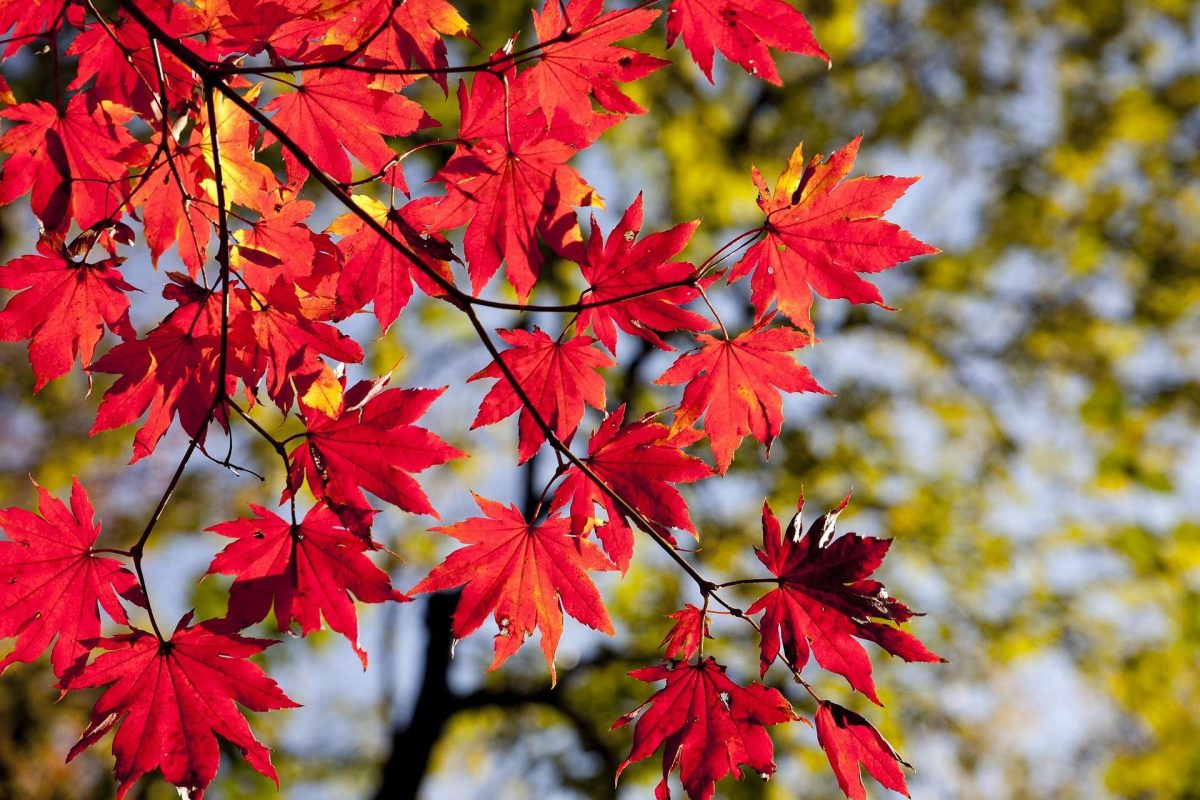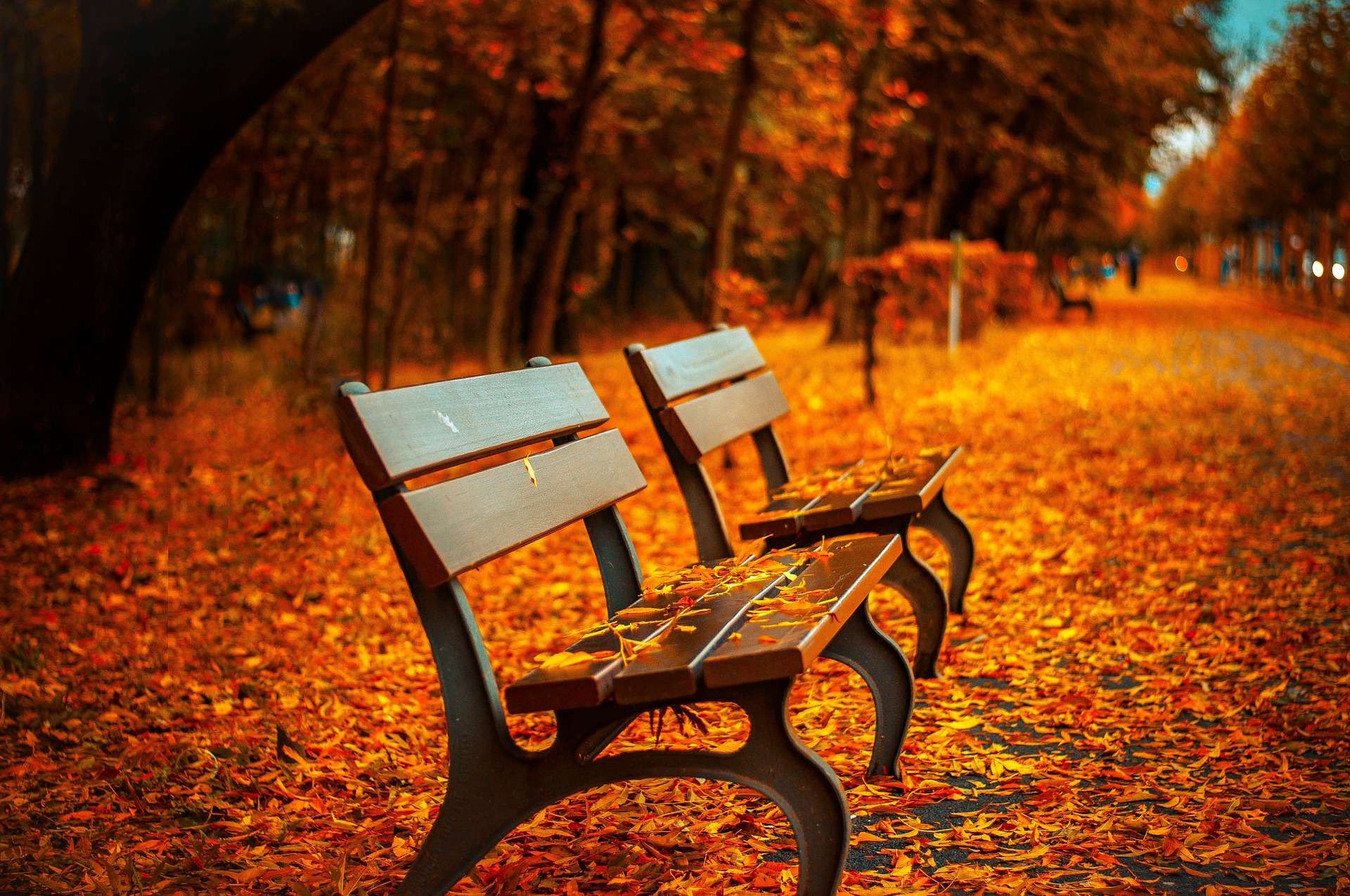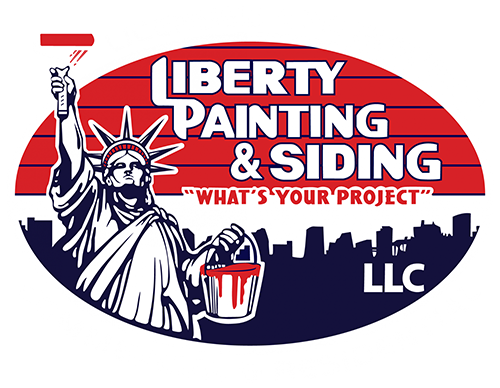It may still be the dog days of summer, but autumn is right around the corner. Soon, leaves will start their annual spectacular show, kids will head back to school and the temperatures will finally cool. The transition isn’t just a welcome time of year for more temperate weather and outdoor activities; it’s also an ideal time to schedule exterior painting for your home or business before winter settles in.
What is it about the fall that makes it an ideal time to paint outdoors? Let’s take a closer look at what makes this time of year perfect for booking your paint project.
Lower Humidity & Moisture
Summer in New England is known for its prolonged periods of high heat, humidity and elevated dew points that cause more moisture in the air. The high heat, humidity and moisture levels can be an issue not only for the painting crew, but can sometimes also impact the adhesion of the paint to the surface being painted, depending on its condition.
When the air is too moist, paint can take longer to dry and may not bond properly. If the paint is not allowed to cure completely, it can lead to peeling or cracking. According to a report by Better Homes & Gardens, “The ideal humidity for painting your property is between 40% and 50%, with 70% being the maximum for most paints.”
Ideal Temperatures
Temperature is another key factor that can impact how paint cures and adheres to surfaces. High temperatures can prevent paint from drying properly and in a timely manner, resulting in longer wait times between each coat. High temperatures can also cause surfaces to expand, making it possible for paint to peel or bubble once the surface contracts.
The experts at Benjamin Moore Paints recommend a temperature range of 35°F to 100°F for optimal painting conditions. While it’s possible to paint outside of these parameters, staying within this range often yields the best results. Microclimates are also an important consideration, especially when painting outside in the summer. For example, if your painting area is shaded by trees or buildings, that surface temperature could be much lower than the air temperature, making it acceptable to paint.
Fewer Weather Delays
While every season brings unique weather issues, fall is the most reliable for homeowners looking to plan an exterior paint project. Thunderstorms, rainy stretches and heat waves can cause weather-related delays when painting in the spring and summer.
Of all the weather-related setbacks in an exterior paint project, rain is the most common. Fall traditionally brings fewer of these days, making it an ideal season for that paint project you have planned.
Protecting Surfaces Before Winter
Many homes that are due for a paint refresh often show signs of peeling or blistering paint, which leaves the wood more vulnerable to the harsh weather New England faces each winter. Wind, snow, hail, rain and sleet can be harsh on surfaces, especially those without the protective covering of a fresh coat of paint.
A fresh coat of paint can serve as a protective barrier for our homes or businesses from everything Mother Nature can throw our way during the harsh Northeast winters.
Contact us at Liberty Painting & Siding, LLC to schedule your fall paint project and give your space the protection it deserves.




